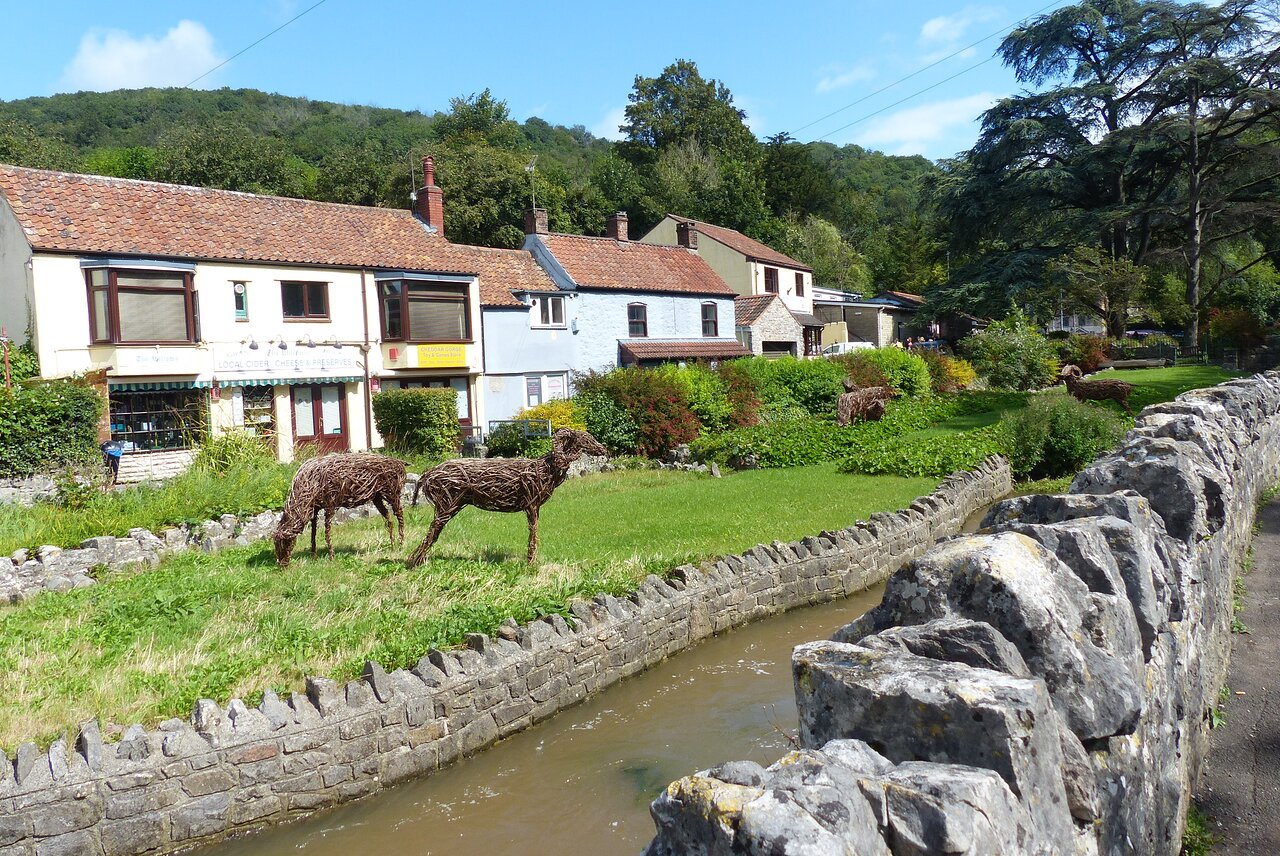Stilton, Cheshire, Leicester red. More than 700 cheeses are produced in England, but in some parts of the Anglo-Saxon world one type is so widespread that it is called “cheese”.
Cheddar is the most popular cheese in the UK, accounting for nearly half of the UK cheese market, and according to the recent election, it is the most sought-after cheese among Americans and Australians and one of the most consumed varieties in Canada as well. But while cheddar has been a staple in dairy products from Wisconsin to Wales, as it doesn’t have a protected name for one of the world’s most famous cheeses, it’s also one of those products. Today, cheese is carefully developed in more than a dozen countries and has fewer plastic barriers than its predecessors.
But if you want to taste cheese well, as usual, you have to go to the town of Cheddar of 5,400 people in the Somerset region of southwest England. Here, until the late Middle Ages, cheesemakers used Gorge caves and incubators as refrigerators.
Then – and hundreds of years later – the cheese would have been made into less milk. For food during World War II, however, most of the milk in England was made into a cheese known as “Government Cheddar”. This barely put an end to cheese making in England, reducing the number of producers from over 3,500 before World War I to around 100 by the end of World War II and, for years later, no one made traditional cheddar.
That changed in 2003 when a local couple, Katherine and John Spencer, decided to go back to the cheese-making process that popularized their local name. But now his cheese has won international awards.
“We saw a market opening for the culture when it started,” explains Katherine of Cheddar’s small dairy partner, Gorge Cheese. “Our goal was to produce high-quality artisan cheeses, using low-fat dairy products on the farm to match the cheeses made here centuries ago rather than the many-place blocks we associate with cheddar today.”
Although both have experience in the cheese industry (Katherine works as a continental cheese importer at John’s), this is a new direction. They began researching recipes and the history of the local cheese while working with three chefs. In six years they have perfected their cheddar, convincing the owner of Lord Bath to keep some of their cheese in the same cave that gave the first cheese a unique flavor centuries ago.
According to Professor Paul Kindstedt, a professor of cheese history at the University of Vermont, cheddar’s origins date back to the 14th century, when local cheese manufacturers introduced a method called “scordatura” (hot sauce with high heat.) to remove the whey. liquid from the cheese) before dipping the curd in the hard cheese. Because the liquid content of cheese is a non-perishable substance, cheddar makes cheddar last longer.
Kindstedt says, “Cheese of the highest quality attracts wealthy Londoners who visit the famous Gorge Caves and make dinner with local cheese during their visit,” says Kindstedt. “Word got around that Cheddar cheese had a reputation from the 15th century onwards.”
In fact, during the reign of Charles I in 1625-1649, the demand for Cheddar cheese was limited to court circles. Even so, orders had to be given.
In the mid-17th century, London is now the British cheese market. England put pressure on cheese sellers to increase the size of their wheels. As a result, cheesemakers in the Cheddar region developed a process called “cheddaring”, where they are grounded to reduce liquidity. Due to the reduced viscosity of the cheese, as it spreads, the cheese becomes firmer, making it easier to mold the cheese into a larger, more durable type that can be transported to London and beyond.
Kindred says, “The combination of ice cream and massage has paved the way for cheesemakers around the world, including in America, to make amazing cheeses.” “My hometown, Vermont, started making this type of cheese with the nickname ‘cheddar’ about 200 years ago. Cheese chef makers in Vermont are well aware of the gratitude their British counterparts have.”
In addition to the movement of cheddaring and dying, two factors have helped make cheese travel around the world, starting with migration. When the British moved to other parts of the world, they brought with them the British custom of making cheese. Cheddar is popular today in many of these places, such as the United States, Canada, and Australia.
The second is the packaging. Kindstedt says, “In the early 19th century, American cheesemakers began wrapping their cheeses in cotton cloth, which was oily and reduced water retention during aging and storage,” says Kindstedt. “It runs down the surface of the case and slips into the cover inside the plastic laminate film that seals the hole.”
This development expanded cheese production and manufacturing to an unprecedented level. Soon there was a large cheddar cheese being produced outside the UK so the United States became the leading cheddar maker in the industry and it was on the decline.


